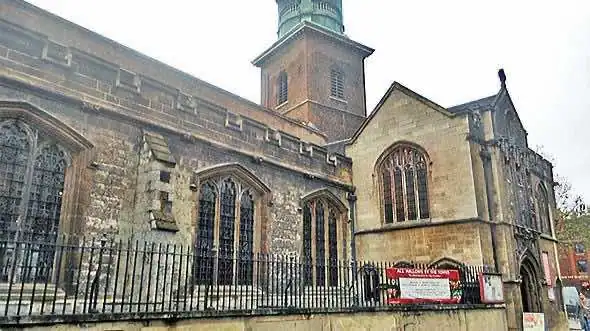
If you’ve ever prayed to God for protection then don’t bother. Just visit this church and witness the destruction that he’s rained upon it over the last five hundred years. This church has been wrecked more times than me.
The original building came to prominence after William the Conqueror built the Tower of London next-door, and when they began executing people on Tower Hill they used to bring their headless bodies over here for temporary burial. In 1650 somebody had the bright idea of storing some gunpowder in the yard and you can guess what happened next: its bones and stones and fifty surrounding houses first turned into fireworks, and then fell like concrete rain on the surrounding streets, killing everyone in the vicinity. Sixteen years later it narrowly avoided destruction in the Great Fire of London (Samuel Pepys is supposed to have watched the flames approaching from the steeple upstairs), only to succumb to Hitler’s Luftwaffe in World War II.
So what remains today is a hotchpotch of walls and vaults that survived the various bombings and burnings. The oldest pieces still standing are a Saxon arch from the 7th-century, some 15th-century outer walls, some 16th-century stone statues, and a 17th-century font. The surviving walls are very old and very burnt and dirty on the left (how fantastic would it be if the entire church still looked like that!), but the rebuilt section down the middle is too clean – it’s all daylight and sunshine streaming through the plate glass window. They need to put up some stained glass curtains to darken it down a bit.
Crypt museum at All Hallows-by-the-Tower
But it’s not the upstairs you’re here to see, anyway. What you need to do is head down the stone stairs at the back until you’re ten feet under London. They’ve got a little museum down there which is always empty when I visit it (I don’t think many people know that it exists), and it’s always dead quiet as well, so it’s usually just you and the sound of your shoes.
Original Roman pavement
It turns out that the original 7th-century church was built on top of something Roman (maybe a house), and they’ve uncovered a piece of original flooring. They’ve got some old roman bowls down there, some ancient needles and keys, and some golden goblets from the 17th-century. Further along are some interesting old pictures of the London skyline, a model of the church before it got bombed by the Nazis, the wedding record of an American president, and the battered old crow’s nest from Ernest Shackleton’s Antarctic expedition. And just wait until you see the spooky sunken chapel at the end…
I’m not religious in the slightest, but this secret museum is one of the reasons why I enjoy visiting London’s churches.
I also recommend… If you enjoy this then try St. Bartholomew-the-Great (walk it in 22 mins or catch a tube from Tower Hill to Barbican); St. Bride’s (walk it in 24 mins or travel from Tower Hill to St Pauls via tube) and St. Magnus-the-Martyr (you can walk it in 6 mins). If you are interested in Roman history then try the Museum of London. The remains of the London’s amphitheatre can be found in the basement of the Guildhall Art Gallery, and Billingsgate Roman House and Baths is just a short walk down the road. What’s left of the Temple of Mithras can be found at the London Mithraeum
How to get to All Hallows-by-the-Tower
| Fare zone | Cash | Oyster & Contactless | Travelcard | ||||
|---|---|---|---|---|---|---|---|
| Single fare | Single fare | Daily cap | One day | ||||
| Peak | Off-peak | Peak | Off-peak | Anytime | Off-peak | ||
| Bus (all zones) | n/a | £1.75 | £5.25 | £6 | |||
| Train (zone 1) | £7 | £2.90 | £2.80 | £8.90 | £8.90 | £16.60(zone 1-4) | £16.60(zone 1-6) |
| Train (zone 1-2) | £7 | £3.50 | £2.90 | £8.90 | £8.90 | ||
| Train (zone 1-3) | £7 | £3.80 | £3.10 | £10.50 | £10.50 | ||
| Train (zone 1-4) | £7 | £4.60 | £3.40 | £12.80 | £12.80 | ||
| Train (zone 1-5) | £7 | £5.20 | £3.60 | £15.30 | £15.30 | £23.60(zone 1-6) | |
| Train (zone 1-6) | £7 | £5.80* | £3.80* | £16.30 | £16.30 | ||
| * Journeys between zone 1 and Heathrow are always charged at the peak rate. Prices are correct as of | |||||||
More things to do near the Tower of London
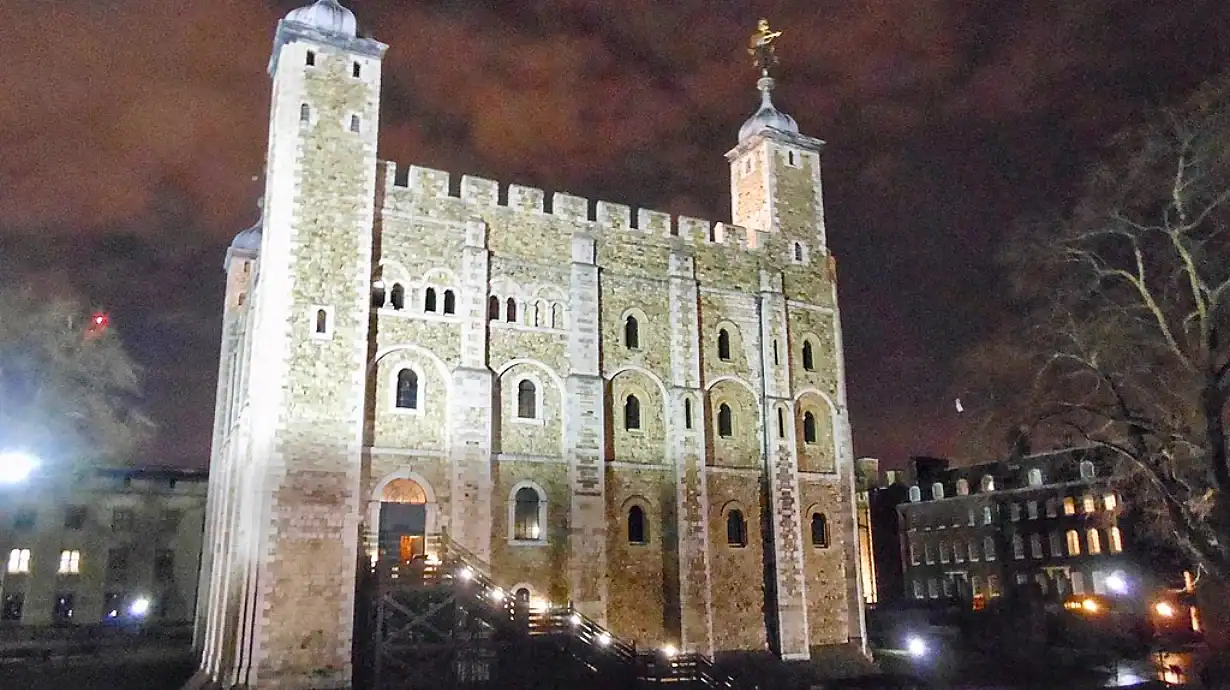
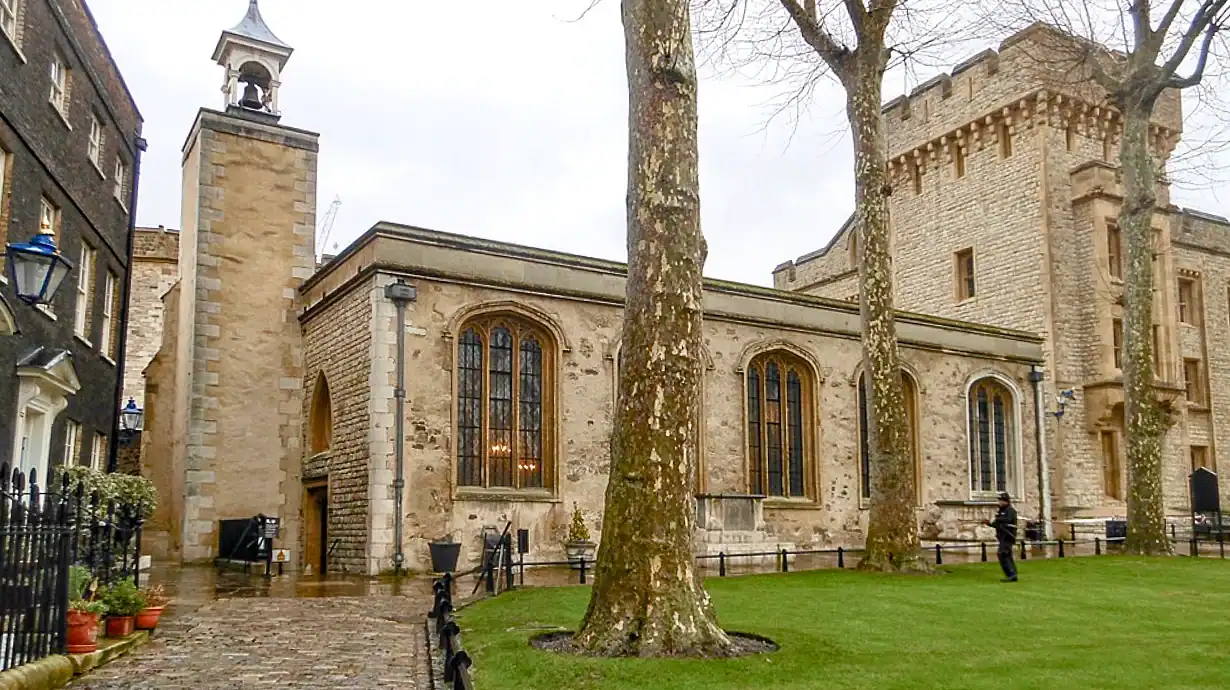
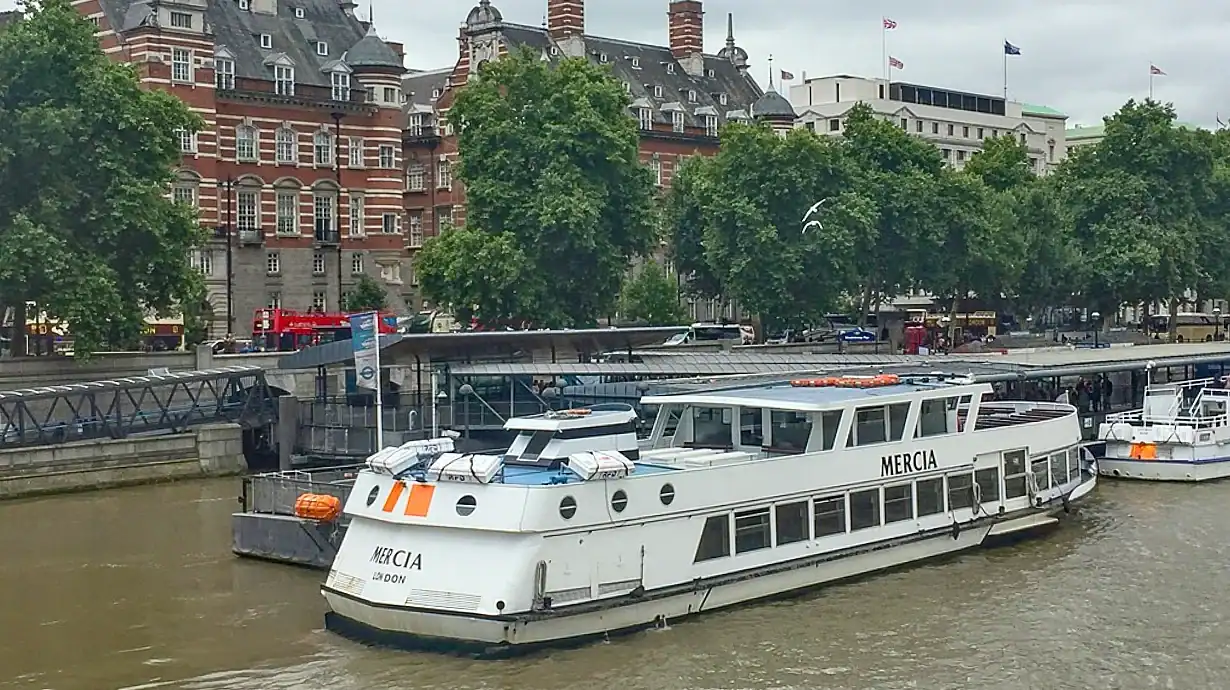
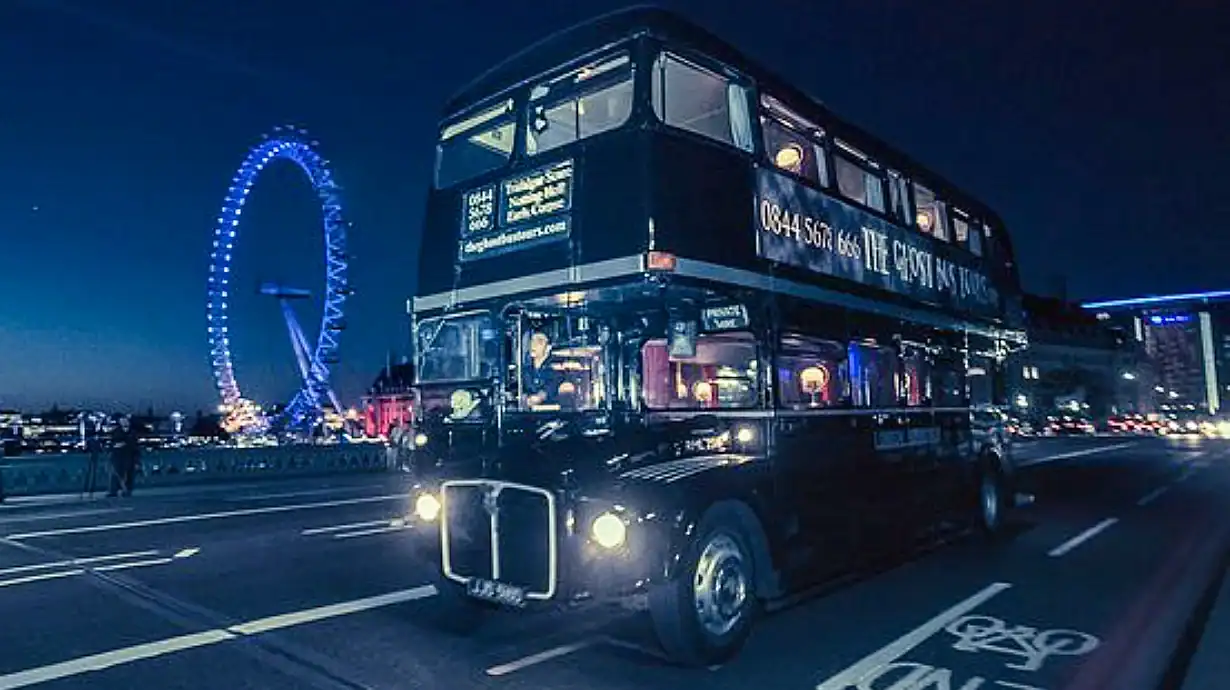
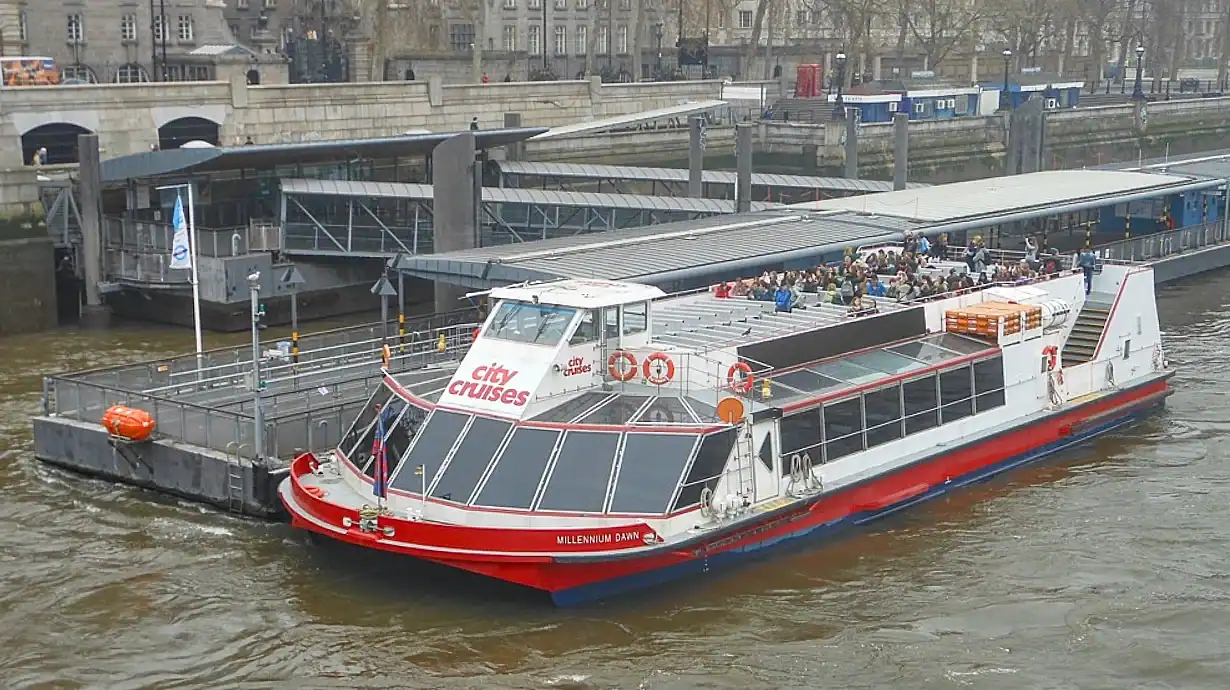
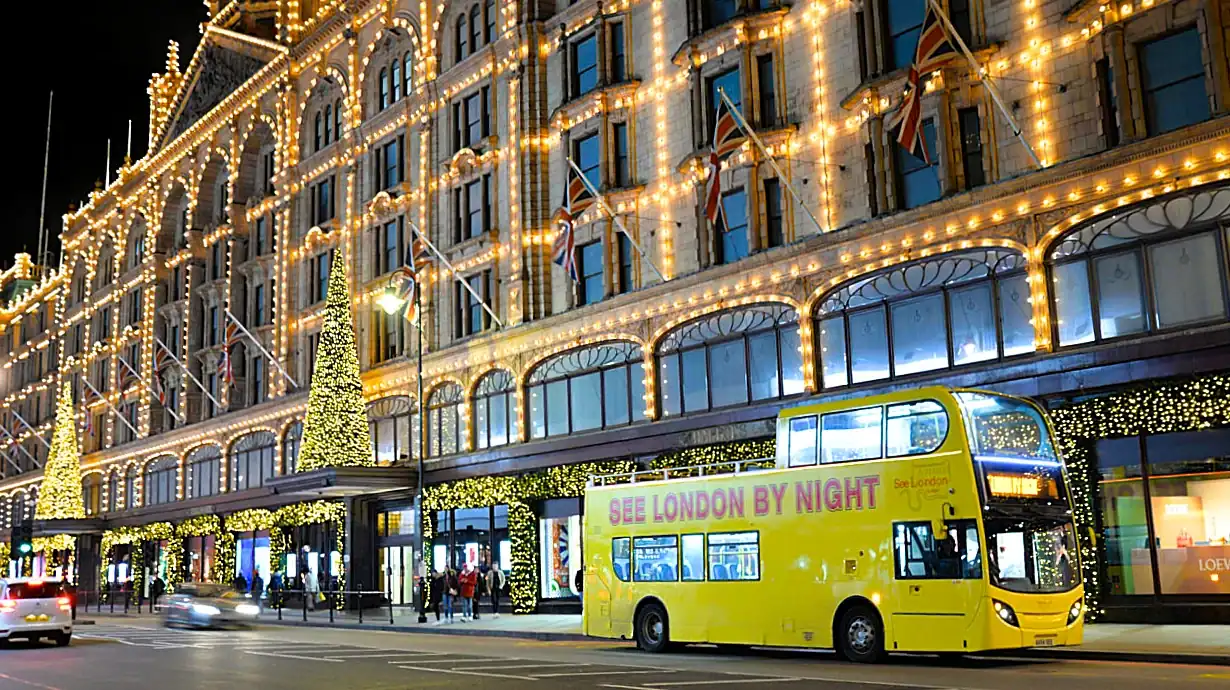
 Twitter
Twitter Facebook
Facebook Bluesky
Bluesky WhatsApp
WhatsApp Email
Email




